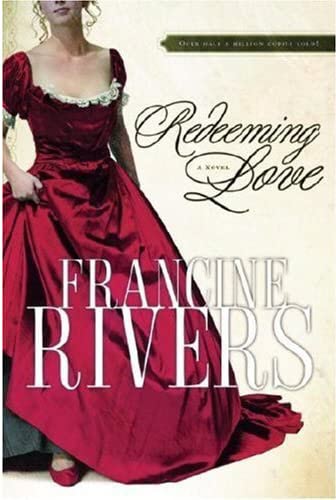| By Tamara Butler, Acquisitions Editor, Thorndike Press |
Before becoming an acquisitions editor at Thorndike Press, I was a librarian for over 20 years. My time in public libraries was the most rewarding. I love connecting with the community and providing resources and services that they need and want. One of the most popular resources were Christian fiction novels. At the first library where I worked, people would request authors such as Tracie Peterson or Angela Hunt, whom I wasn’t familiar with. I knew all the New York Times bestselling authors, like John Grisham and Nora Roberts, but some of my most active patrons asked for Christian fiction.
As I started becoming familiar with these titles, I realized why they were important to our readers: They revolved around hope, and in these uncertain times, hope is heavily valued. Not all my library patrons were practicing Christians, but many readers valued these novels because they featured relatable characters that faced life’s challenges through faith in a higher power.
The titles I worked within the 1990s and 2000s were limited in their themes and had prescriptive standards for what could be included in the stories. Still, the characters were relatable as they dealt with timeless and universal themes. There were titles in romance, historical fiction, action/adventure, romantic suspense, and women’s fiction. While there were limits on language and graphic content, in the end, the characters grew in their faith and overcame great odds, which resonated with readers.
My interest in Christian fiction continued to grow as I saw how popular it was with public library readers. In the mid-2000s, I had the opportunity to write the Christian fiction review column for Library Journal. In this role, I researched trends in the genre as well as up-and-coming authors. I began to notice that the themes and characters were beginning to change, with more diversity and less conformity. Authors were writing about real-life issues with flawed characters that readers could relate to. I discovered some terrific writers, such as Colleen Coble, Lynette Eason, and Robin Lee Hatcher, who continue to be popular today.
Large print readers appreciated that these books were clean reads, without graphic language, sex, or violence. They also felt comfortable letting their teens read the books. While some library users thought that the Christian fiction titles would proselytize, they often changed their minds once they read one or two novels.
The book that made me fall in love with Christian fiction was Redeeming Love by Francine Rivers. This was an eye-opener for me. The story centered around a young woman who had been forced into child prostitution and then finds herself in a marriage to a good man she hardly knows. As Angel wrestles with her lack of self-worth and ability to be loved, she discovers that she can change her life and renew her spirit. Rivers hit a home run with this one.
Then I branched out to the thrilling suspense of Terri Blackstock, the biblical tales of Angela Hunt, the poignant family drama of ReShonda Tate Billingsley, and romances of Lynn Austin and Lauraine Snelling. I was excited to see how the genre had expanded to be more inclusive while covering a wide array of relevant issues facing people today.
As the genre evolved over the past 10 or 15 years, many of the prior restrictions were loosened. Today Christian fiction titles feature characters like you or me who are trying to deal with life’s challenges and opportunities. The themes run the gamut from addictions to divorce—subjects that weren’t covered in early Christian fiction. Trends include suspense, thrillers, and visionary fiction. And protagonists reflect real people more closely, as they navigate a complex world while trying to hold onto their faith.
Trends in Christian fiction mirror those of the general publishing world. Diverse voices are being represented more, and sensitive issues are covered while featuring interesting, quirky characters. Stories are complex, with plots that address today’s issues, such as hoarding, anxiety disorders, online dating, and crime. What is common to all the stories is hope for a better tomorrow through faith. Large print readers are especially strong supporters of the Christian fiction genre.
Thorndike Press is so committed to Christian fiction that they recently added an additional title each month in the Christian Fiction and Christian Romance standing order plans. This gives us the opportunity to include more series and new, diverse voices in the genre. There are a lot of exciting books, and more publishers are moving into this arena.
In my time as a public librarian, one of the most-requested genres was Christian fiction, even from those with no religious affiliation. What they’re looking for are compelling stories with interesting characters that offer a message of hope without graphic content. Many are also intrigued by the protagonists’ reliance on their faith to see them through the pitfalls and difficulties they face in their lives.
Some readers love the suspense series while others are looking for sweet romances. Another popular subgenre is Amish fiction, with authors such as Beverly Lewis, Wanda E. Brunstetter, Shelley Shepard Gray, and Amy Clipston leading the way. A lot of readers long for a return to simple times, when family and faith were the most important things. They are able to escape the problems of their lives by immersing themselves in Amish fiction worlds.
To learn more about the vast array of Christian fiction titles and authors, here are a few good blogs:
Maximize your offerings today
Join one of our Christian standing order plans to receive monthly titles and savings.
Already have a standing order plan, and want more Christian Fiction titles? Take a look at our backlist and recently published titles by genre:


